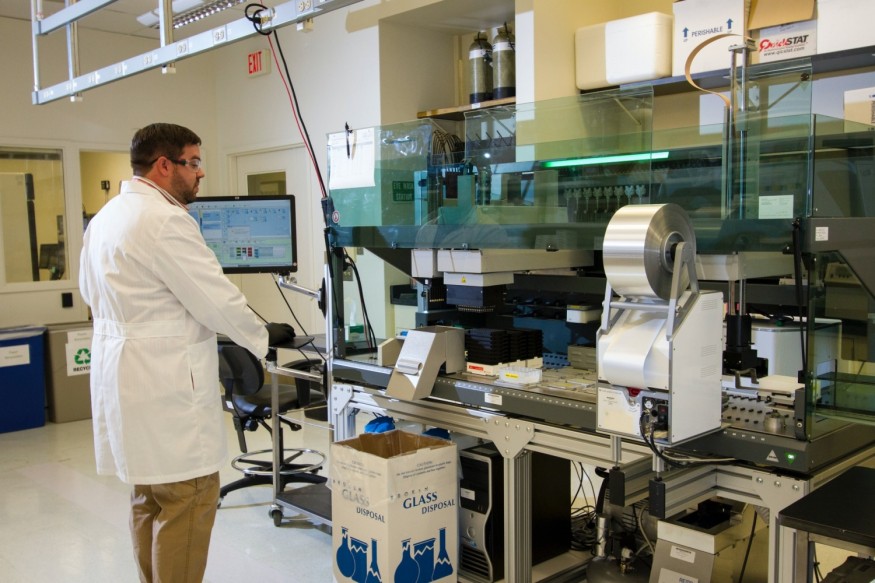
A new study reveals that viral genomic sequencing can take part in the current COVID-19 pandemic. Simply put, a genome is an organism's genetic material. It consists of DNA. In the case of SARS-CoV-2 and other viruses, a genome could also contain RNA.
Scientists have used genomic sequencing as a way to track the viral strains carried all over the world epidemiologically. The strains are traced back to their origin by their particular mutations and also helps to link remote infections.
The development of targeted sequencing protocols such as the Global Initiative on Sharing All Influenza Data repository and Nextstrain have significantly advanced the use of genomic sequencing. These projects openly allow real-time sharing of sequences for the speedy tracing of a specific viral strain and easy visualization of the likely course of its spread.
An example of an unexpected finding was that of a patient's genetic sequence in the Seattle area, who had no history of travel to any coronavirus hotspots nor did he have contact with a COVID-19 case. It was discovered that he had the same strain found in a traveler in the area five weeks before. It provided proof that a community spread of the virus was silently occurring during that time.
The Study in New York
At present, the epicenter of the New York outbreak spotlights the New York University Langone Health system of hospitals. The current study aimed to record the characteristics of early COVID-19 spread in a large city and to trace the strains back to their earliest known origins.
The researchers wanted to find out how the virus was spreading within the catchment area of the NYU Langone Health network of hospitals in Manhattan, Brooklyn, and Nassau County. The researchers initially set up a workflow designed for genomic sequencing and analysis. They randomly sampled a population of confirmed cases tested between March 12 and April 1, 2020.
The scientists sequenced the RNA and built a computerized library. Contol sequencing methods were used to create high-quality sequences directly. Testing of the viral genomes was done with 156 sequences, all of which passed the quality tests. The patient's medical records were then analyzed to identify their exposures.
Researchers, later on, discovered that the samples came from within all the areas mentioned earlier, but concentrated mainly in Brooklyn and Manhattan. More than 50% of the cases had no known history of exposure to the coronavirus. The team then carried out sequencing, and genetic analysis of the samples sequenced to determine how closely related the subjects were to each other.
They colored the sequencing differently depending on where the patient lived. Results revealed the presence of multiple strains circulating the area of sampling starting from the first week of March. Surprisingly, findings revealed that over 41% of the samples were closely related to Europe, while 46% came from Canada within the United States.
Researchers urge that surveillance should be persistent at local, regional, national, and even international levels if the pandemic is to be monitored adequately.
Genomic tracing can help in tracking the viral spread based on a person's medical history alone. This kind of investigation might need to be done retrospectively to find out how the virus's propagation is occurring under everyone's noses within each area.
Genomic sequencing can also reveal the effects of behavioral changes in public health policies such as social distancing and quarantine. It could help to shape the potential management of current outbreaks.












